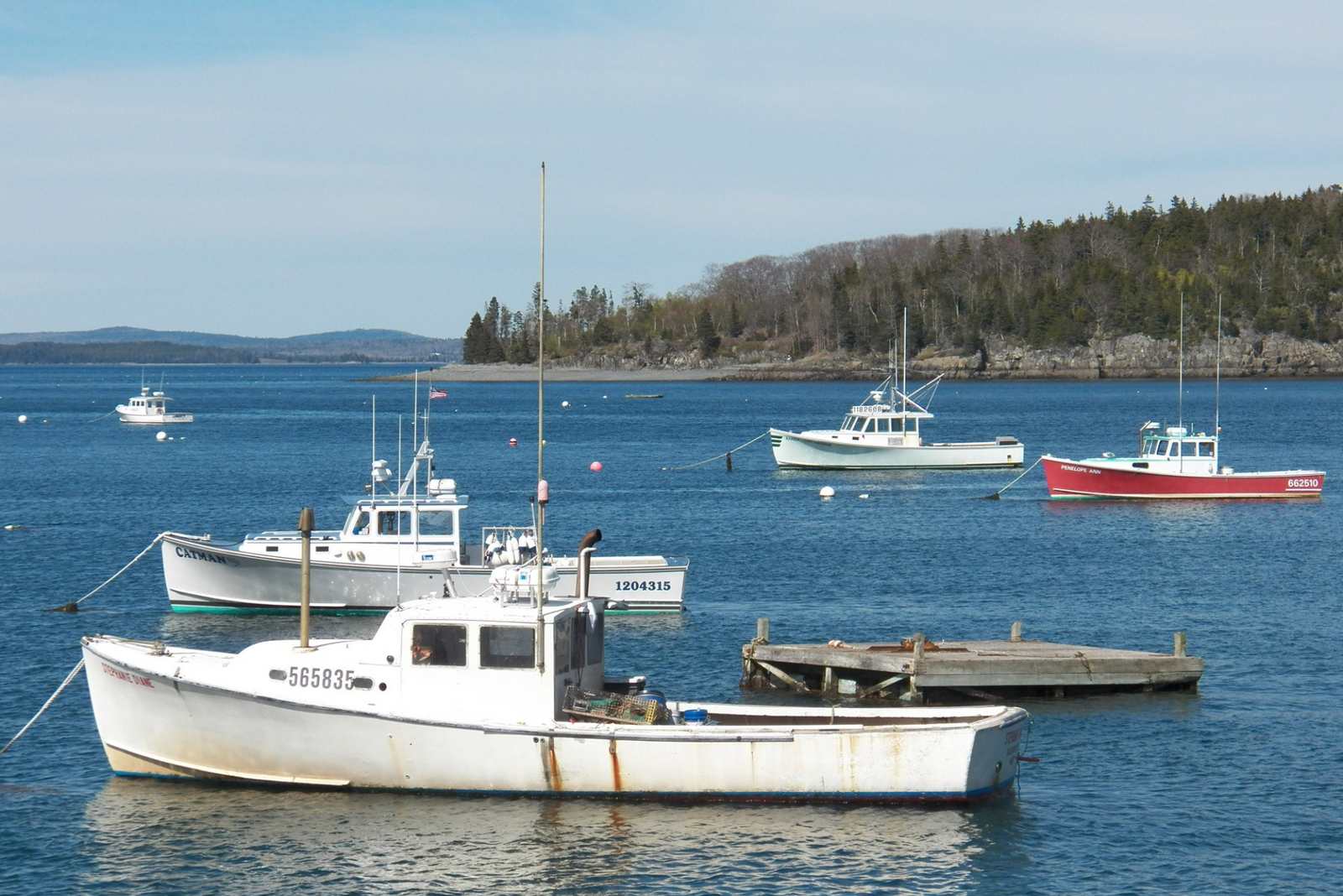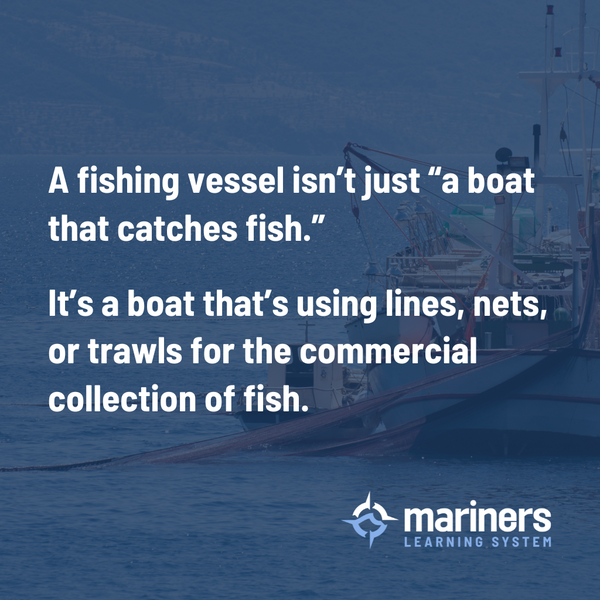Take 40% Off Sitewide! Use Code: GOALS40
Take 40% Off Sitewide! Use Code: GOALS40

Protocols on How to Pass a Fishing Boat Safely
by Bob Figular April 30, 2024
Whether you’re a seasoned veteran of the seas or new to boating, you need a deep understanding of the rules out on the water. One of the most important yet often misunderstood rules is how you should pass a fishing boat.
Just like driving on a road, there are protocols you must follow when passing a fishing boat. Knowing how to properly interact with and navigate around other vessels is crucial not only for ensuring everyone’s safety but also for staying within the law.
Know Your Boat Hierarchy
Out on the water, there’s a distinct pecking order that determines which boats get the right of way or which vessel has to stay out of the way when encountering another. For the three most common vessels, the order goes:
- Fishing Vessel
- Sailing Vessel
- Power Vessel
To accurately follow this hierarchy — and learn how you should pass a fishing boat — you’ll need to understand the highly nuanced definitions of all three types of vessels.

What Is a Fishing Vessel
According to the Navigation Rules of the Road, a fishing vessel isn’t just “a boat that catches fish.” It’s a boat that’s using lines, nets, or trawls for the commercial collection of fish.
Note that the definition does not include trolling vessels — boats pulling a lure behind them on one or more fishing poles. This is where confusion often comes in. For instance, many boats you see on fishing TV shows, even though they’re fishing commercially, aren’t recognized as fishing vessels because they have a lure behind them.
So, though they may sound similar, don’t confuse trolling boats with trawling boats. A trawling boat is a fishing vessel that drags a net or similar device along the bottom of the water to collect fish. It is a recognized fishing vessel, giving it the highest rank in the above pecking order.
Sailing Vessel vs. Power Vessel
A sailing vessel is a sailboat moving under the power of its sails. Even if the boat has propelling machinery (an engine), if fitted and not being used, the boat qualifies as a sailing vessel.
However, as soon as the boat puts its engine in gear, even for power sailing, it loses its sailing designation and becomes classified as a power vessel. It no longer has precedence over a boat solely using sails.
Tips to Safely Pass a Fishing Boat
Know Give-Way vs. Stand-On
When two vessels cross paths, each boat is either a give-way or a stand-on vessel. The give-way vessel is required to take action that prevents a collision. The stand-on vessel should maintain its course and speed, allowing the give-way vessel to maneuver around it. The boats usually communicate via radio to facilitate the safest passing.
As a general rule, we can refer back to the boat hierarchy to determine which is the give-way and which is the stand-on vessel. In most cases, the vessel that’s higher in the pecking order is the stand-on, while the other vessel is the give-way. For instance, a fishing vessel would be the stand-on, and a sailboat would be the give-way.
That said, there are always exceptions. For example, a sailing vessel overtaking a power vessel from behind is the give-way vessel, regardless of its usual spot in the hierarchy.
Though it’s impossible to cover all the exceptions here, we explain these important nuances in detail to students in our specialized courses. We make sure you always know how to pass safely and legally.
Be Aware of Sound Signals
Depending on the body of water, the Coast Guard requires different sound signals to communicate with the other boats. Make sure you’re aware of the required sound signals for the body of water you’re traveling in.
Avoid Causing Large Wakes
Whether you’re passing a fishing boat or any other type of boat, always go slowly to avoid causing unnecessarily large wakes. While this is a standard courtesy to fellow boaters, you’re also legally responsible for your wake. Passing slowly and carefully will curb substantial wakes and avoid potential trouble.
Pass Port to Port
Generally speaking, in a head-on or side-to-side approach with another boat, each vessel should turn to its starboard (right) and pass the other vessel on the port (left) side. This is one of the few instances where both boats must take action to ensure safe passing.
Make sure to also provide enough space between your boat and the other to allow maneuverability and avoid any possibility of a collision.

How to Pass a Fishing Boat: Final Thoughts
When learning how you should pass a fishing boat, learning the official definitions for each vessel type and where they fall in the hierarchy is key. Misunderstanding these definitions is probably the biggest source of confusion around these situations on the water.
If you want to navigate any situation with confidence, be sure to check out our licensing courses and how-to videos. Whether you’re an experienced sailor looking to expand your knowledge or just getting started with a commercial venture, we have a course to fit your needs.
Leave a Comment
Comments will be approved before showing up.
